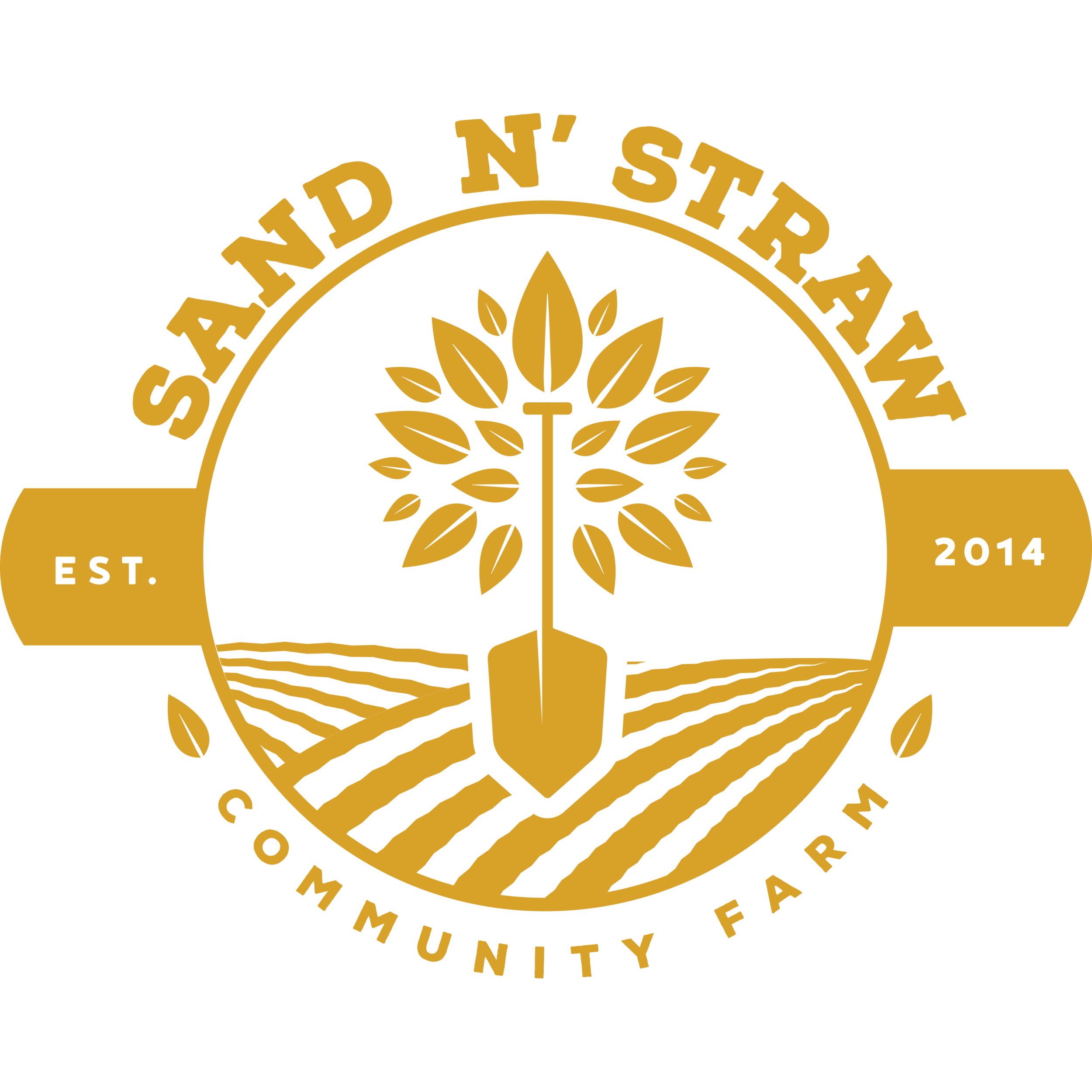A Guide To Seedlings
Getting seedlings started now will speed up your Spring & Summer gardens. If you don’t have a greenhouse to start seedlings in, try a windowsill in your house or investing in a mini greenhouse to get started. Here are some steps to help you get started:
Choose the right containers: Use seed trays or small pots filled with a good organic potting soil. We use either EB Stone or Kellogg organic potting soil. Make sure the containers have drainage holes to prevent waterlogging.
Select your seeds: Choose seeds that are appropriate for the current season and your local climate. How do you know? Read the back of the seed package.
Plant your seeds: Follow the instructions on the seed packet for planting depth and spacing. Moisten the potting mix before planting the seeds to ensure good contact between the seeds and the soil.
Maintain proper temperature and humidity: Keep the temperature in the greenhouse within the optimal range for the seeds you're growing.
Water regularly: Keep the potting soil consistently moist but not waterlogged.
Monitor for pests and diseases: Keep an eye out for any signs of pests or diseases, such as yellowing leaves or wilting seedlings. Address any issues promptly to prevent them from spreading.
Transplant seedlings: Once your seedlings have developed true leaves and outgrown their starter containers, transplant them into larger pots or directly into the garden if the weather permits.
Harden off seedlings: Before transplanting seedlings outdoors, gradually expose them to outdoor conditions over a period of about a week to acclimate them to the change in environment.
By following these steps, you can successfully get your seedlings started in the greenhouse and set the stage for a fun and productive growing season!
